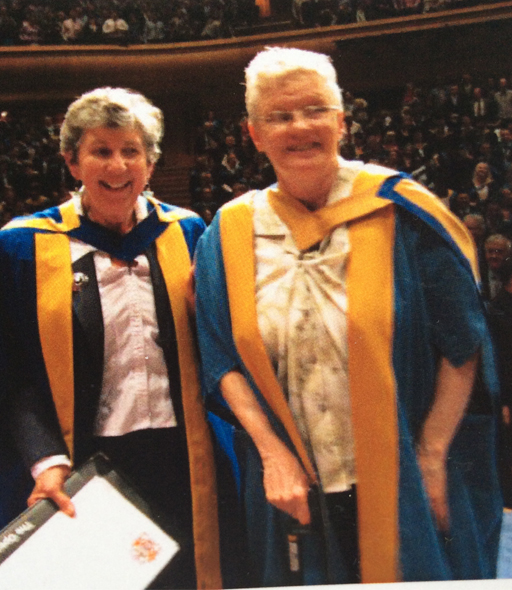2 The institutions
The institutions set up after the 1913 Mental Deficiency Act dominated the lives of many people with learning disabilities and their families for much of the 20th century. As the narrator in Video 3 says, about 55,000 people were housed in them in the 1950s.
We know a lot about life in these institutions because of people like Mabel Cooper, once a patient in St Lawrence’s, Croydon. Mabel became a campaigner against institutions after she left and helped to spread the word of what it was like to live in an institution. She was awarded an Open University Honorary Degree for her work in 2010.
In them days if you had learning difficulties or anything that's where they used to put you. They didn't say, 'Oh, you could go into a house and somebody would look after you.' They would just say, 'You, you've gotta go into a big hospital' and that's it. Years ago, if you wasn't married and you had a baby, that was a disgrace and they would say, 'Oh the mother goes to a workhouse or a loony bin' as they had in them days, or the mother went into a workhouse or a loony bin and the child was put in care. I think that's why there was more women.
Mabel explains that it was all about keeping men and women apart so they could not have children. This was because it was believed that learning disability was inherited, passed down the generations. Therefore it was deemed necessary to stop learning-disabled people having children.
This is known as the science of eugenics, as mentioned in Video 3, which you watched in Activity 1.

